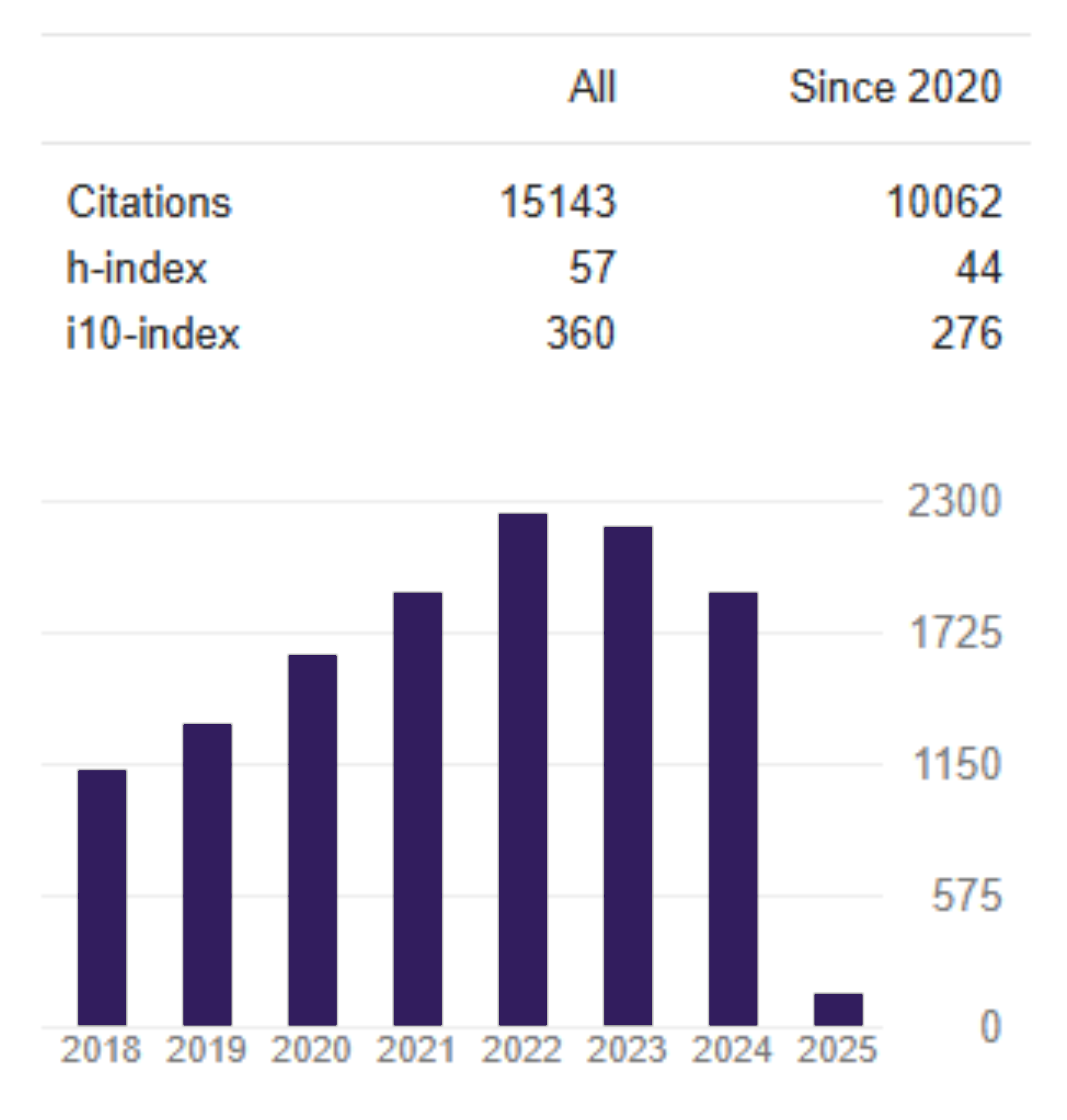The transition of enhancing financial performance in the mining and agriculture sector
DOI:
https://doi.org/10.26905/jkdp.v23i3.2755Keywords:
Corporate finance, Financial distress, Logistic regression, TurnaroundAbstract
In times of crisis, a decline in company performance can potentially be the cause of bankruptcy. The study of financial distress and turnaround has a close relationship, because the successful turnaround is determined from efforts to overcome the company's problems with financial distress. The purpose of this study is to analyze the factors that significantly influence the transition of financial performance and also to formulate managerial implications related to the success of turnaround in mining and agriculture sub-sector companies. The logistic regression method (logit) is used to discriminate samples of companies with the distressed category and also the turnaround category. The results of the study show that the transition of the company's financial performance is influenced by the variables of company size, level of distress and industry type. Alternative strategies that have been formulated consist of efficiency and entrepreneurial oriented strategies. Based on studies that have been conducted, the agricultural sector has a better probability of transition than the mining sector.
JEL Classification: C01, C58, G01, G33
Downloads
References
Altman, E. I., Iwaniczâ€Drozdowska, M., Laitinen, E. K., & Suvas, A. (2017). Financial distress prediction in an international context: A review and empirical analysis of Altman's Zâ€score model. Journal of International Financial Management & Accounting, 28(2), 131-171. https://doi.org/10.1111/jifm.12053
Candrawati, A. (2008). Analisis faktor-faktor yang mempengaruhi keberhasilan turnaround pada perusahaan yang mengalami financial distress (studi pada perusahaan non keuangan yang terdaftar di Bursa Efek Jakarta tahun 2000-2005. Dissertation. Program Pascasarjana Universitas Diponegoro).
Chenchehene, J., & Mensah, K. (2014). Corporate survival: Analysis of financial distress and corporate turnaround of the UK retail industry. International Journal of Liberal Arts and Social Science, 2(9), 18-34.
Ciorogariu, E. A., & Goumas, A. (2011). Turnaround-modeling the probability of a turnaround. Thesis. Department of Business Administration, Lund University.
Francis, J. D., & Desai, A. B. (2005). Situational and organizational determinants of turnaround. Management Decision, 43(9), 1203-1224. https://doi.org/10.1108/00251740510626272
Hadi, S., & Anggraeni, A. (2008). Pemilihan prediktor delisting terbaik (perbandingan antara the Zmijewski model, the Altman model, dan the Springate model). Indonesian Journal of Accounting and Auditing, 12(2).
MalaÄiÄ, N., & MalaÄiÄ, I. (2016). Key factors for successful financial and business restructuring with a general corporate restructuring model and Slovenian companies case studies. Occasional Paper No.9, Institute for Economic Research, Ljubljana.
Mardaconsita & Soelton, M. (2019). Analysis of accuracy level of Altman Z-Score model and Springate model in measuring the potential of financial distress in plantations industries. International Journal of Economics and Financial Research, 5(2), 16-25. https://doi.org/10.32861/ijefr.52.16.25
Mukhopadhayay, P. K., Basak, P. C., & Maiti, D. (2018). Analysis of cost and performance management of a central heavy enterprise PSU. The Management Accountant Journal, 53(7), 99-108.
Nastiti, P. R., & Pangestuti, I. R. D. (2016). Pengaruh ukuran perusahaan, free asset, assets retrenchment, pergantian CEO, dan leverage terhadap corporate turnaround (Studi pada perusahaan manufaktur yang terdaftar di Bursa Efek Indonesia periode tahun 2008-2013). Diponegoro Journal of Management, 5(2), 1-12.
Odularu, O. (2009). The impact of share market capitalization on a company's performance: A case study in the Nigerian confectionary industry. African Journal of Business Management, 3(5), 220-226.
O'Neill, H. M. (1986). Turnaround and recovery: What strategy do you need? Long Range Planning, 19(1), 80-88. https://doi.org/10.1016/0024-6301(86)90131-7
Platt, H. D., & Platt, M. B. (2002). Predicting corporate financial distress: reflections on choice-based sample bias. Journal of Economics and Finance, 26(2), 184-199. https://doi.org/10.1007/bf02755985
Prasad, V. (2006). Role of HR in corporate turnaround. HRM Review, 7(1), 11-29.
Rasheed, H. S. (2005). Foreign entry mode and performance: The moderating effects of environment. Journal of Small Business Management, 43(1), 41-54. https://doi.org/10.1111/j.1540-627x.2004.00124.x
Robbins, D. K., & Pearce, J. A. (1992). Turnaround: Retrenchment and recovery. Strategic management journal, 13(4), 287-309. https://doi.org/10.1002/smj.4250130404
Schuppe, W. P. (2003). Leading a turnaround. Secured Lender, 59(4), 8-8.
Smith, M., & Graves, C. (2005). Corporate turnaround and financial distress. Managerial Auditing Journal, 20(3), 304-320. https://doi.org/10.1108/02686900510585627
Sudarsanam, S., & Lai, J. (2001). Corporate financial distress and turnaround strategies: An empirical analysis. British Journal of Management, 12(3), 183-199. https://doi.org/10.1111/1467-8551.00193
Yap, B. C. F., Yong, D. G. F., & Poon, W. C. (2010). How well do financial ratios and multiple discriminant analysis predict company failures in Malaysia? International Research Journal of Finance and Economics, 54(13), 166-175.
Al-Thaqeb, S. (2018). Do international markets overreact? Event study: International market reaction to U.S. local news events. Research in International Business and Finance, 44, 369-385. https://doi.org/10.1016/j.ribaf.2017.07.106
Downloads
Published
Issue
Section
License

This work is licensed under a Creative Commons Attribution-ShareAlike 4.0 International License.



